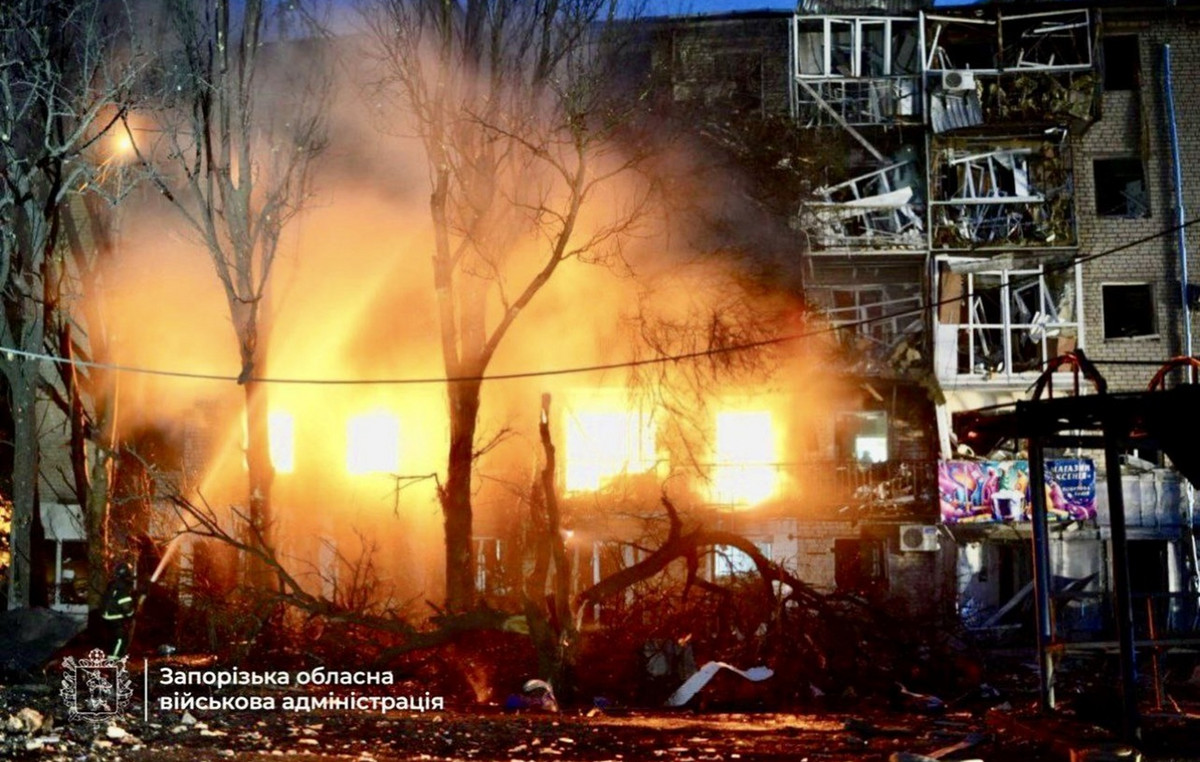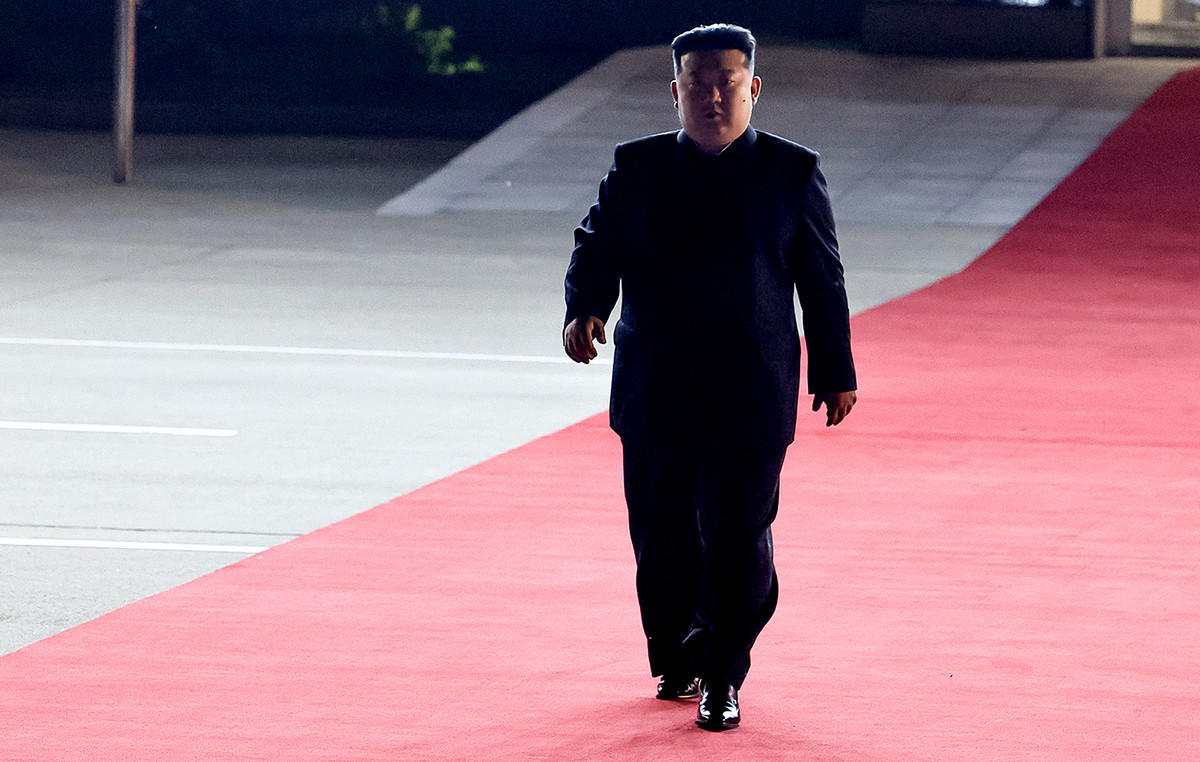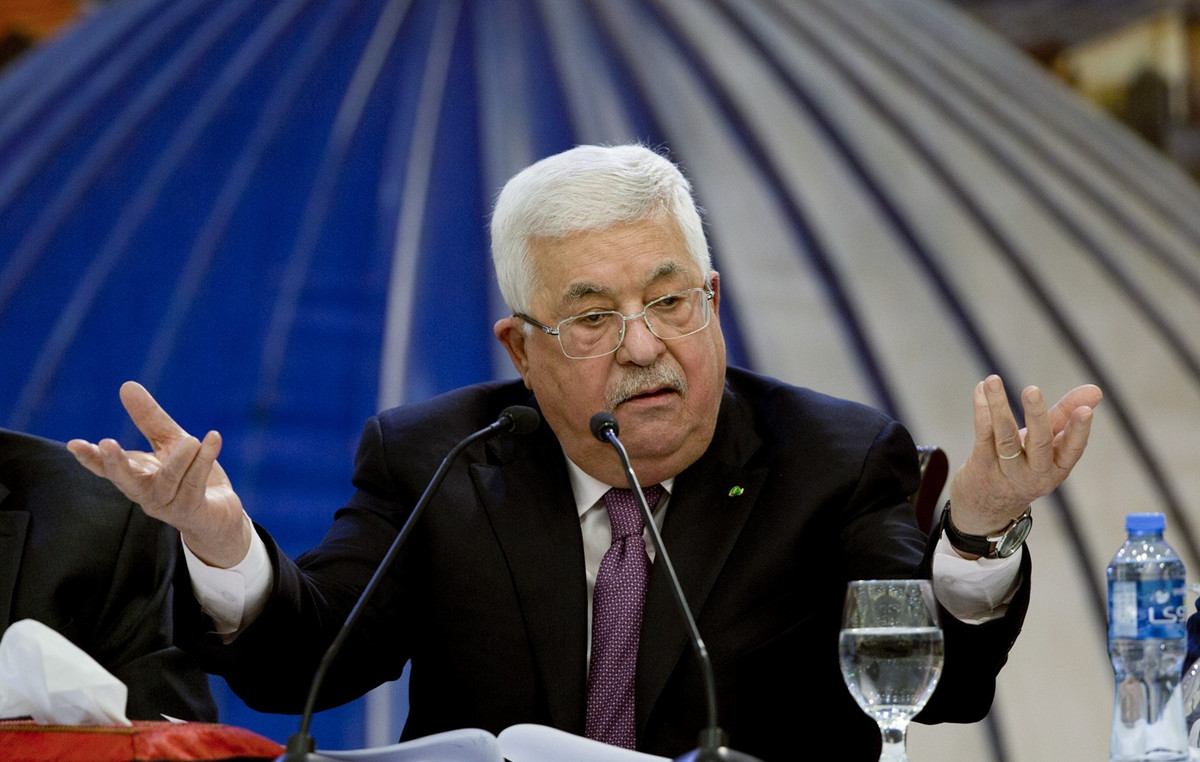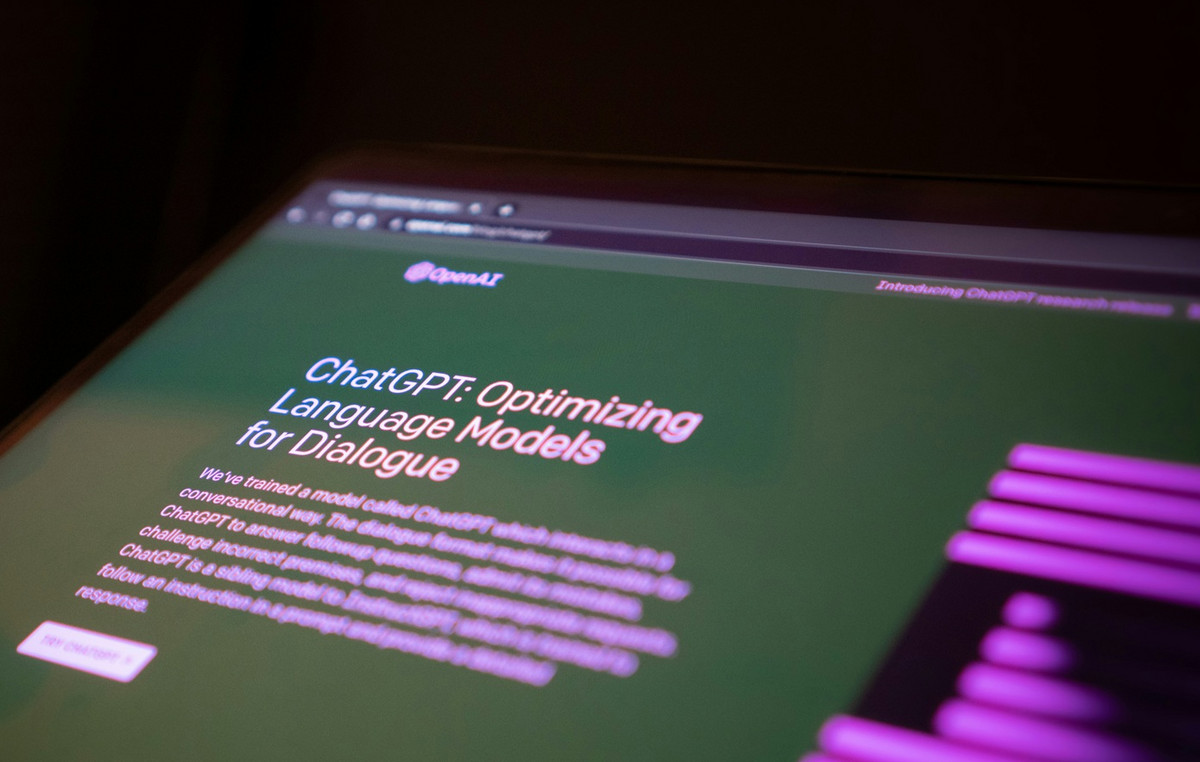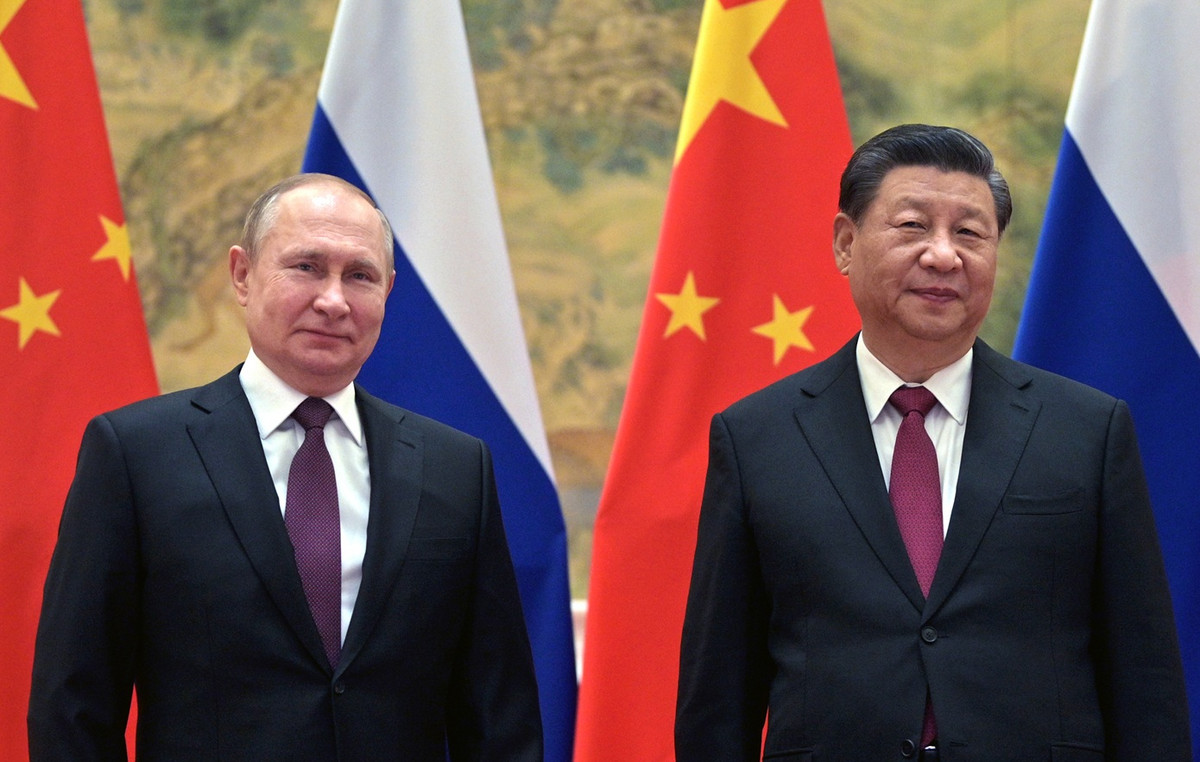Supply chain bottlenecks are expected to last until mid-year, but there is uncertainty about the pace of normalization, said Robbert van Trooijen, president for Latin America and the Caribbean at AP Møller-Maersk, a Danish shipping and logistics giant.
The main excerpts from the interview given to the Estadão:
Why are bottlenecks taking so long to clear?
It’s a global issue. Some markets have seen super-high demand growth. And shipping is an industry that has a fixed capacity for a while. A ship is not built in a month or two, but in years.
The orders the industry places today will be delivered in 2024. Global capacity is being utilized at 100%. We even charter more ships.
It was not enough?
We have increased our capacity, but a vessel that does not exist we cannot charter. And the owners of these ships are smart: they put out much higher loans, on much longer terms. The other part is the port structure, which also does not grow from one month to the next.
We are talking to the ports to optimize the use of port capacity, but it is reaching the limit. Global ports, including those in Latin America, are well utilized. Nor do they have a short-term solution.
When should the situation start to improve?
We think this situation will last until the middle of the year. And then there will be a certain normalization. Where it will arrive and how, is not yet clear. Depending on local infrastructure challenges, there are places in the world where it will take longer. And it also depends on demand.
Demand has changed a lot and should normalize at some point, but we don’t know if consumers will give up on new consumption patterns that quickly.
In Brazil, can poor infrastructure delay normalization?
I don’t have a different look at Brazil. A famous case is the Port of Los Angeles, which has 70 ships waiting for weeks out of port. It is the largest gateway to the West Coast of the USA. I don’t know if it will normalize that fast. I do not see in Latin America something so clear in this regard.
Is the quality of Brazil’s ports a concern?
I started working in Brazil in 1993. Compared to 1993, has it improved? It has improved enormously. It was unpredictable whether a ship of 12,000 or 13,000 containers would manage to enter a Brazilian port.
I can’t say there hasn’t been a huge improvement, but obviously the world changes. What was enough yesterday may not be enough tomorrow. The largest ships in the world already have 25,000 TEUs (20-foot containers, about 6 meters).
How do you see the government’s plan to privatize the ports?
As a user, any privatization and any investment by port operators is a benefit to us.
The information is from the newspaper. The State of São Paulo.
Source: CNN Brasil
I am Sophia william, author of World Stock Market. I have a degree in journalism from the University of Missouri and I have worked as a reporter for several news websites. I have a passion for writing and informing people about the latest news and events happening in the world. I strive to be accurate and unbiased in my reporting, and I hope to provide readers with valuable information that they can use to make informed decisions.

